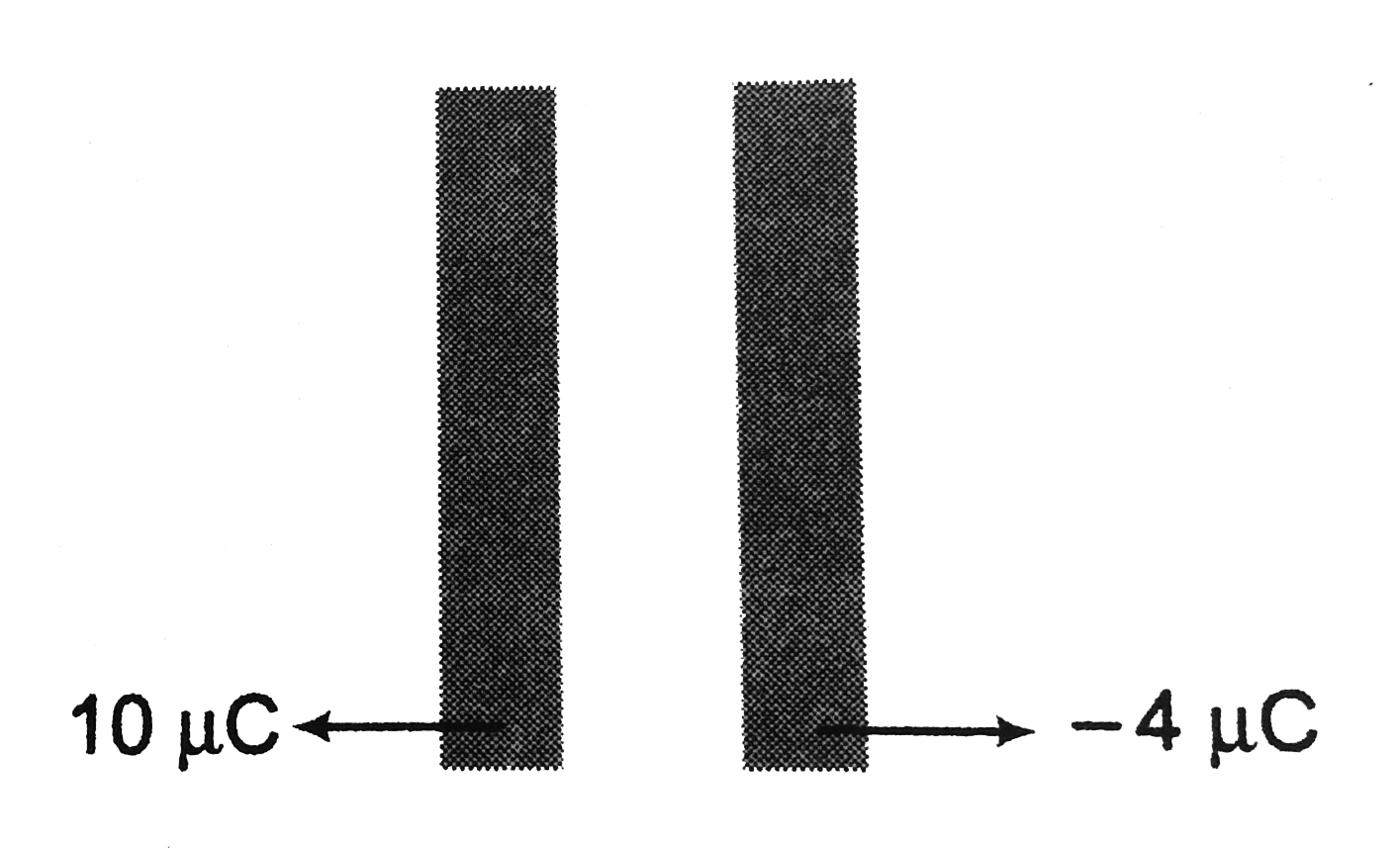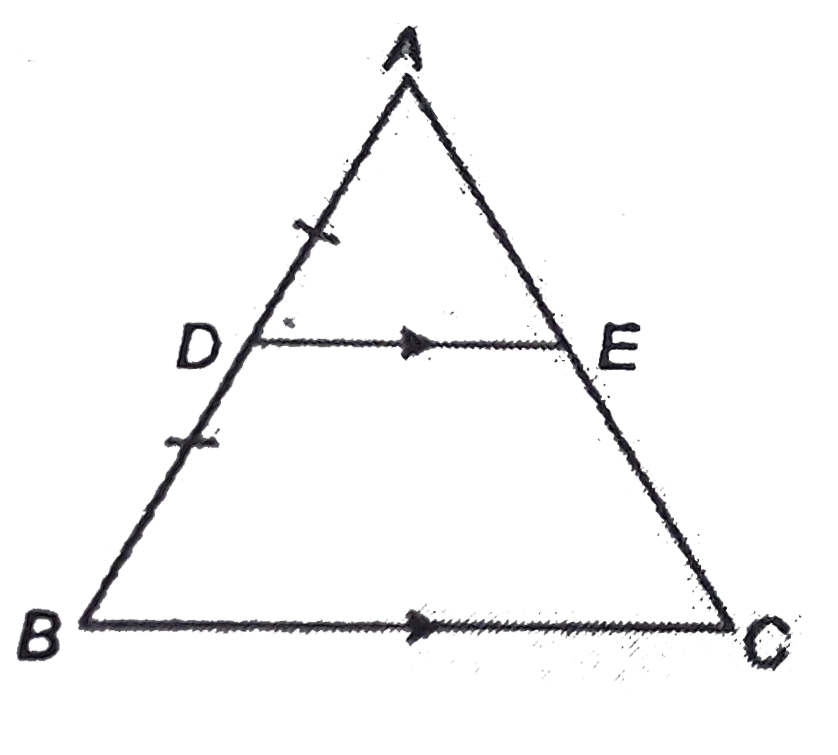If collagen fibrous bundles are arranged parallel to one another then, it forms
dense regular connective tissue
reticular tissue
dense irregular connective tissue
connective tissue proper
The correct Answer is:A
To solve the question "If collagen fibrous bundles are arranged parallel to one another then, it forms," we need to analyze the options provided and understand the characteristics of different types of connective tissues.
1. Understanding Collagen Fibers:
- Collagen fibers are a type of protein that provide structure and strength to various tissues in the body. They are a major component of connective tissues.
2. Identifying the Arrangement of Collagen Fibers:
- The question specifies that the collagen fibrous bundles are arranged parallel to one another. This arrangement is crucial in determining the type of connective tissue formed.
3. Analyzing the Options:
- Option A: Dense, Regular Connective Tissue:
- In this type of tissue, collagen fibers are densely packed and arranged parallel to each other. This arrangement provides great tensile strength in one direction, which is typical in tendons and ligaments.
- Option B: Reticulate Tissue:
- Reticular connective tissue has a network of fibers and does not have collagen fibers arranged parallel. It is found in organs like the liver and lymph nodes.
- Option C: Dense, Irregular Connective Tissue:
- In this type, collagen fibers are not arranged parallel; they are arranged in various directions, providing strength in multiple directions. This is found in the dermis of the skin.
- Option D: Connective Tissue Proper:
- This is a broad category that includes various types of connective tissues, but it does not specifically refer to the parallel arrangement of collagen fibers.
4. Conclusion:
- Since the question specifies that the collagen fibers are arranged parallel to one another, the correct answer is Option A: Dense, Regular Connective Tissue. This type of connective tissue is characterized by its parallel arrangement of collagen fibers, which provides strength and support in specific directions.
Final Answer:
Dense, Regular Connective Tissue
---
- Collagen fibers are a type of protein that provide structure and strength to various tissues in the body. They are a major component of connective tissues.
- The question specifies that the collagen fibrous bundles are arranged parallel to one another. This arrangement is crucial in determining the type of connective tissue formed.
- Option A: Dense, Regular Connective Tissue:
- In this type of tissue, collagen fibers are densely packed and arranged parallel to each other. This arrangement provides great tensile strength in one direction, which is typical in tendons and ligaments.
- Option B: Reticulate Tissue:
- Reticular connective tissue has a network of fibers and does not have collagen fibers arranged parallel. It is found in organs like the liver and lymph nodes.
- Option C: Dense, Irregular Connective Tissue:
- In this type, collagen fibers are not arranged parallel; they are arranged in various directions, providing strength in multiple directions. This is found in the dermis of the skin.
- Option D: Connective Tissue Proper:
- This is a broad category that includes various types of connective tissues, but it does not specifically refer to the parallel arrangement of collagen fibers.
- Since the question specifies that the collagen fibers are arranged parallel to one another, the correct answer is Option A: Dense, Regular Connective Tissue. This type of connective tissue is characterized by its parallel arrangement of collagen fibers, which provides strength and support in specific directions.
Dense, Regular Connective Tissue
Topper's Solved these Questions
- STRUCTURAL ORGANISATION IN ANIMALSBOOK - AAKASH SERIESCHAPTER - STRUCTURAL ORGANISATION IN ANIMALSEXERCISE - EXERCISE-I (MUSCULAR TISSUE)
57 Videos
- STRUCTURAL ORGANISATION IN ANIMALSBOOK - AAKASH SERIESCHAPTER - STRUCTURAL ORGANISATION IN ANIMALSEXERCISE - EXERCISE-I (ORGAN AND ORGAN SYSTEM)
4 Videos
- STRUCTURAL ORGANISATION IN ANIMALSBOOK - AAKASH SERIESCHAPTER - STRUCTURAL ORGANISATION IN ANIMALSEXERCISE - EXERCISE-III (PREVIOUS AIPMT/NEET QUESTIONS)
24 Videos
- STRATEGIES FOR ENHENCEMENT IN FOOD PRODUCTIONBOOK - AAKASH SERIESCHAPTER - STRATEGIES FOR ENHENCEMENT IN FOOD PRODUCTIONEXERCISE - EXERCISE-III
68 Videos
- THE LIVING WORLD BOOK - AAKASH SERIESCHAPTER - THE LIVING WORLD EXERCISE - EXERCISE-III (Previous AIPMT/NEET Questions)
12 Videos
Similar Questions
Knowledge Check
Read the following statements and select the correct option.
Statement-1: Anatomically, all the tissues present on the inner side of endodermis such as pericycle, vascular bundles and pith constitute the stele.
Statement-2: Eustele is the stele in which vascular bundles are arranged in the form of a ring as present in dicot stems.ABoth statement 1 and 2 are correctBStatement 1 is correct but stetement 2 is incorrectCStatement 1 is incorrect but statement 2 is correct.DBoth statement 1 and 2 are incorrect
Two metallic plates are kept parallel to one another and charges are given to them as shown in figure. Find the charge on all the four faces.

View SolutionThe cations and anions are arranged n alternate form in:
View SolutionA piece of conducting wire of resistance R is cut into 2n equal parts. Half the parts are connected in series to form a bundle and remaining half in parallel to form another bundle. These bundles are then connected to give the maximum resistance. The maximum resistance of the combination is
View SolutionA: The phase difference between any two points on a wavelength is zero.
R:Corresponding to a beam of parallel rays of light the wavefronts, are planes parallel to one another.
View SolutionProve using similar triangles, that a line drawn through the mid-point of one side of a triangle parallel to another side, bisects the third side.

View SolutionIn Cycas, the vascular bundles are arranged in the shape of inverted omega in
View SolutionNumerous vascular bundles are arranged in a scattered manner in monocot ……….
View Solution

_E01_090_S01.png)